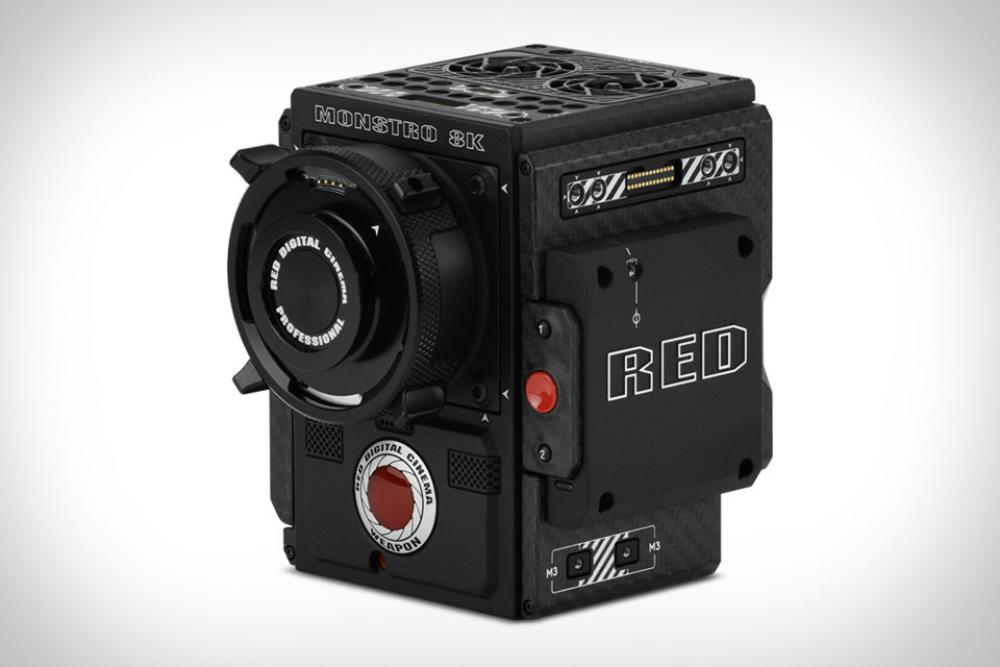From 4K to 8K: A Disparity Between Filmmaker and Viewer?
Share with friends

People disagree about whether or not the human eye can even see the detail in 8K, but filmmakers argue that there is a clear superior quality in images.
In 2003, the first commercial 4K camera was issued by Dalsa Origin, forever changing the film-making world. 4K describes display devices and visual content that have a resolution of 4,096 x 2,160 pixels. This is also referred to as Ultra HD. It is four times more pixels than the most prevalent broadcast resolution today, FullHD. And of course, the more pixels, the better the image (more smooth, sharp, and real life-like).
Filming in 4K began to become more common around 2012. And now, 4K is the standard in filming, but it is not the standard in viewing. While AMC movie theaters started to use 4K projectors in 2009, many home televisions still don’t have 4K display technology. Commercial 4K TVs began being released in 2013, but they are just starting to become more popular right now, because of a drop in prices.
Streaming services, though, have been ahead of the mainstream. Netflix has had 4K content since 2014 and YouTube began streaming 4K back in 2010. All Netflix original content is now filmed in 4K too.
The topic of how many pixels you really need is debated in the consumer world. People disagree about whether the human eye can even see such detail. However, from a filmmaker’s perspective, you can really see the superior quality in images when converting video content filmed in Ultra HD into HD streamable video. Filming with 4K resolution allows visual effects engineers and editors to zoom in super far and reframe without missing any information.
And recently, the highest manufacturer of professional digital film-making cameras, RED, has released an 8K sensor upgrade, of 8192 x 4320 pixels in resolution. If you film in 8K, you can zoom in twice as much and your image is seen in 4K. Studios are already planning to film big name productions with 8K cameras.
The biggest benefits of filming with advanced digital cameras are security and unbeatable quality. It allows filmmakers more freedom in both post-production and production than was ever possible before. As camera systems upgrade, they are followed by upgrades in display technologies, so by the time 8k televisions come around, content with higher resolution will already exist to watch.
As time goes on, image quality in video content is expected to only improve more and more, and in more ways that just resolution.
To learn more about what 8K means for the film industry, check out the article here!




